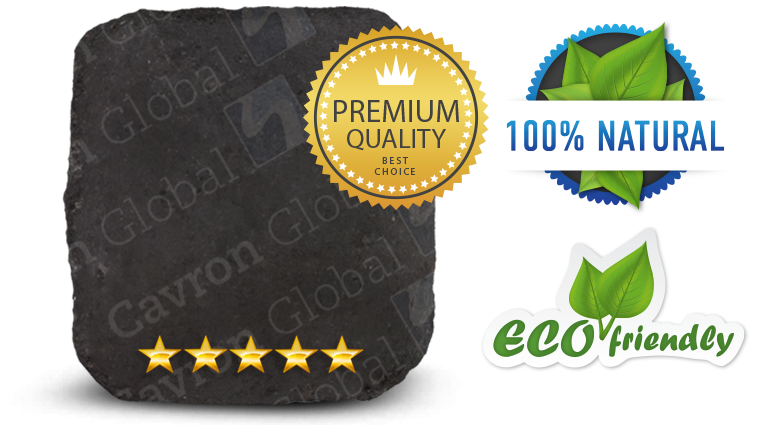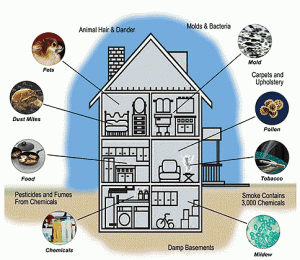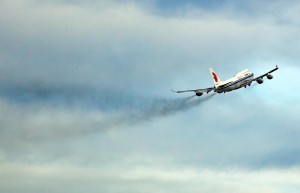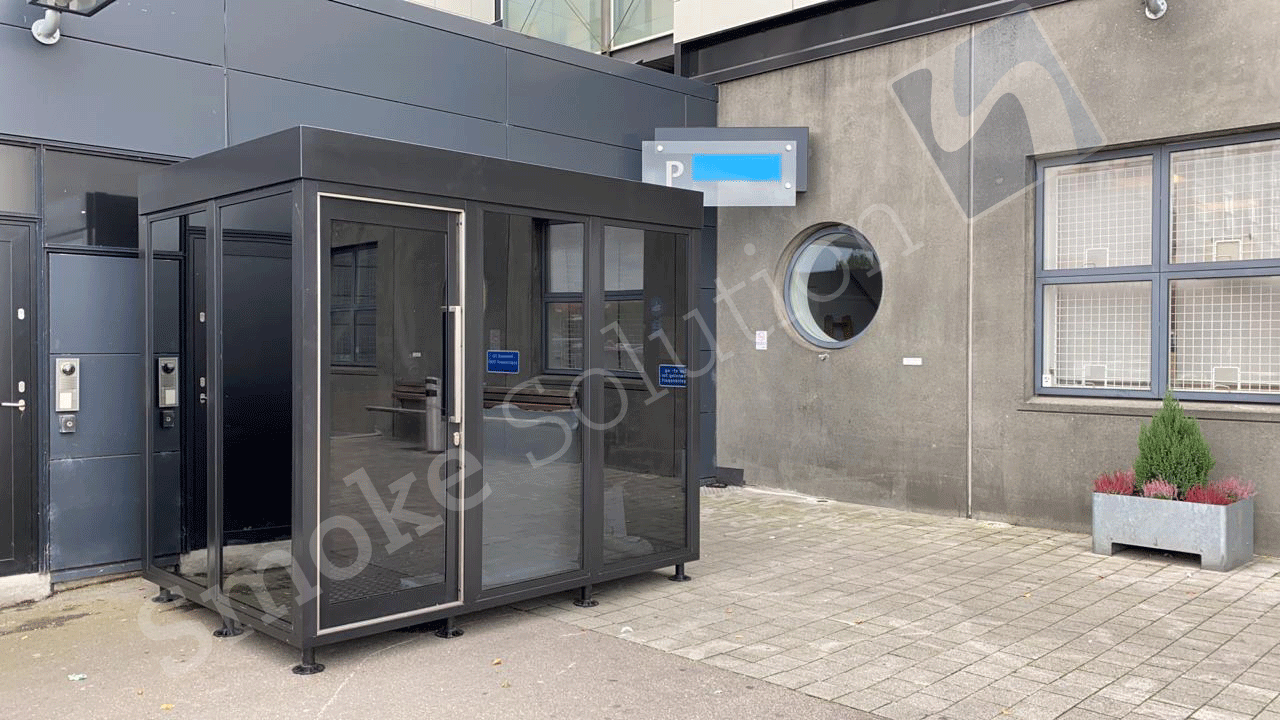We tend to think of air pollution as something outside — smog, ozone, or haze hanging in the air, especially in summer. But the truth is, the air indoors can be more polluted than the air outside. The air inside your home may be polluted by lead, formaldehyde, radon, or even volatile chemicals from fragrances used in conventional cleaners. Children, people with asthma, and the elderly may be especially sensitive to indoor pollutants.
To improve indoor air quality, follow these simple steps:
1. Keep your home fresh
Chemicals and allergens can accumulate in household dust for decades. By using a vacuum with a HEPA filter you can reduce concentrations of lead in your home. You can also get rid of other toxins as well as allergens like pollen, pet dander, and dust mites. A HEPA filter ensures that dust and dirt won’t get blown back out in the exhaust. In high traffic areas, vacuum the same spot several times. Don’t forget walls and carpet edges, where dust accumulates. For best results, vacuum two or more times each week and wash out your filter regularly.
2. Keep a healthy level of humidity
Dust mites and mold love moisture. Keeping humidity around 30%-50% helps keep them and other allergens under control. A dehumidifier (and air conditioner during summer months) helps reduce moisture in indoor air and effectively controls allergens, Lang says. An air conditioner also reduces indoor pollen count — another plus for allergy-sufferers.
3. Make your home a no-smoking zone
Perhaps the most important aspect of indoor air pollution is secondhand cigarette smoke. Cigarette smoke contains more than 4,000 chemicals. For the smoker, this addiction causes cancer, breathing problems, heart attacks, and stroke. Secondhand smoke will also increase a child’s risk of developing ear and respiratory infections, asthma, cancer, and sudden infant death syndrome (SIDS).





 Smoke Solution>
Smoke Solution>